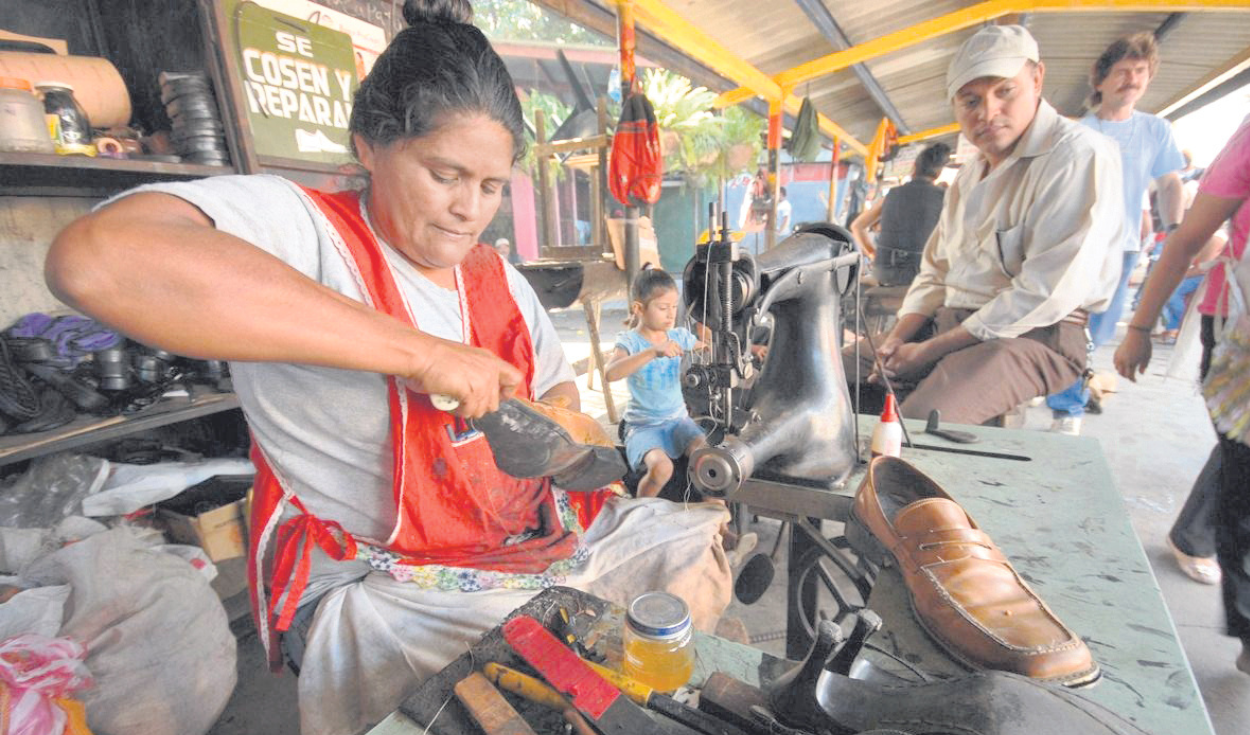
For International Women’s Day, which is commemorated every March 8, it is key to notice the labor gaps in Peru. The average income of female workers is S/1,405, about S/468 less than men (S/1,873), according to the National Institute of Statistics and Informatics (INEI).
The numbers not only warn that female talent has less presence, but it is also the one that is most subject to precariousness, unemployment and lower income.
According to Equifax, 49% of female employees earn less than S/1,400 per month, especially those aged 65 or older. Female workers with incomes of S/1,400 to S/2,300 continue to have 21% representation, with a higher incidence in those between 25 and 35 years old.
On the other hand, Only 8% of women receive a remuneration of S/3,300 to S/5,500 and 2%, from S/5,500 to S/7,200.
A structural failure
45% of women believe that their salary is less than that of men.
Dora Pinedo, head of marketing at Bumeran Perú, explains to La República that women are aware of the gender pay gap. In their labor market index, they show that the gap is 16.94% in favor of men, since the average remuneration of men is S/3,363 per month and that of women, S/2,876.
“It is no coincidence that men and women perceive the salary parity differently. This discrepancy reflects an inequality rooted in the structure of our society,” Pinedo commented.
On the other hand, 80% of men assure that there is no salary difference, which reflects “a different opinion about parity.”
Opportunities and challenges for closing gaps
Despite receiving lower salaries, 72% of women It has no delinquent debts and 65% present a low to moderate credit risk, which gives rise to accessing financing, Equifax clarifies.
Nevertheless, Only 0.3% of women have a vehicle loan and 1% have a mortgage. Eduardo Bayer, Country Director of Equifax, points out that the low percentage of women with mortgage and vehicle loans “opens the door” for the development of specialized financial products in order to encourage their participation in the economy, facilitating their access to housing and vehicles. own.
In another raw data, Buk warns that one in three women indicates that they have little work flexibility or the possibility of doing it via teleworking, this being a determining factor in the decision to resign.
Furthermore, they are the least favored when it comes to asking for a salary increase. Both men and women ask for it, with the same incidence, but only 35% of women receive a positive response, while for men, the rate is 45%.
Figures
- The rate of underemployed women is 55% and the rate of unemployed women is 6.4%. In men, it is 37.8% and 4.5%, respectively.
- The female participation rate in executive positions fell by 20%. The regional rate is 31%, according to Aequales.
Source: Larepublica
Alia is a professional author and journalist, working at 247 news agency. She writes on various topics from economy news to general interest pieces, providing readers with relevant and informative content. With years of experience, she brings a unique perspective and in-depth analysis to her work.












